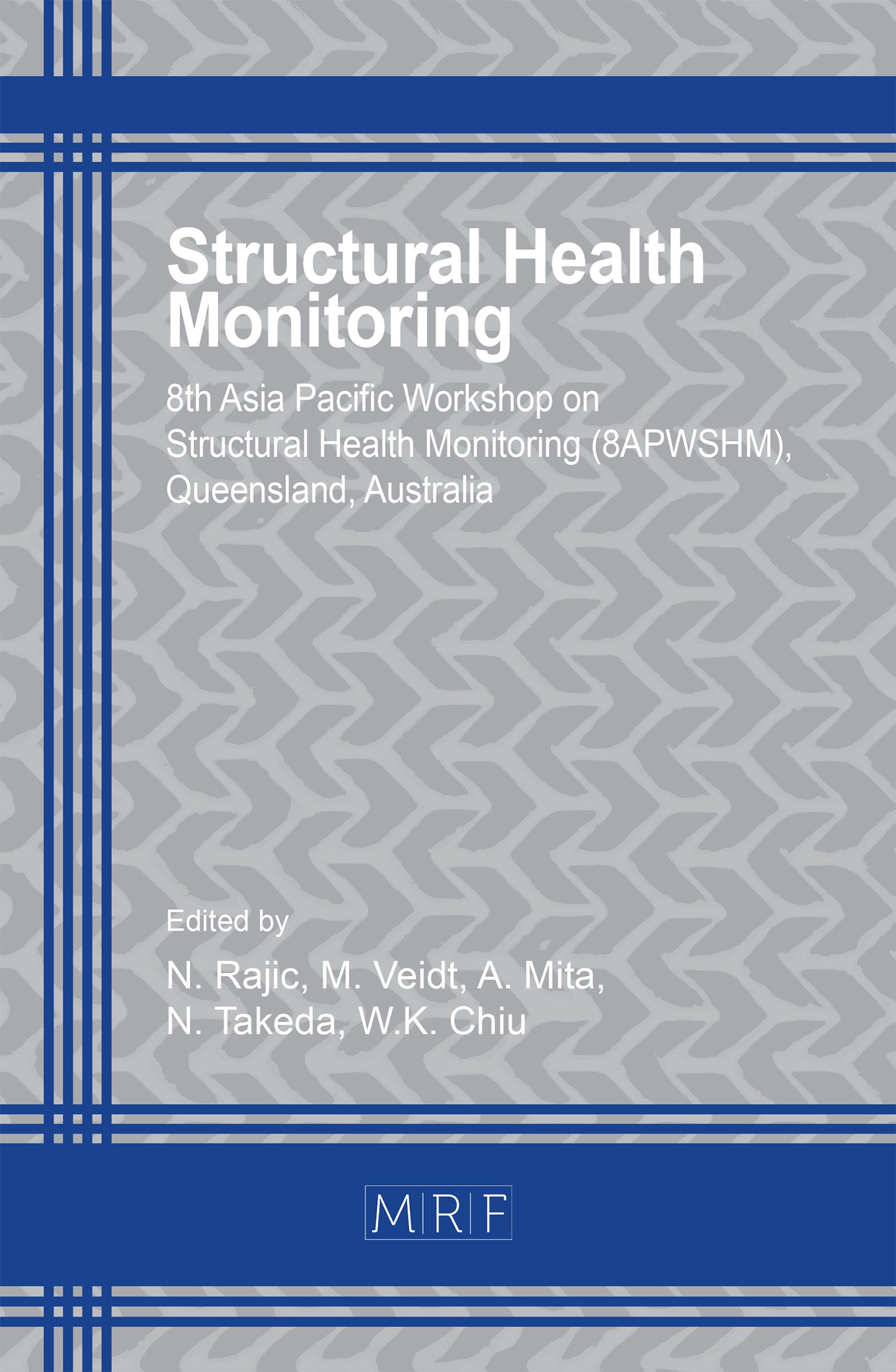Technique for Analyzing Relationship Between Unbalanced Load and Structural Deterioration in Outside Facilities
Soichi Ishikawa, Gen Kobayashi, Masaki Waki, Ryouichi Kaneko, Hiroaki Tanioka
download PDFAbstract. In order to provide telecommunication and FTTH services, NTT have installed so many facilities such as utility poles and optical cables. The number of poles is about 11.8 million and the total length of all installed cables is about 2.3 million km. These facilities are now maintained and inspected visually by on-site maintenance staff at great expense. Therefore, we are researching a novel outside-facility renovation technology that increases cost-effectiveness by ensuring the long-term safe use of facilities. When a utility pole is newly constructed, it is designed under the assumption of a maximum load such as wind pressure being applied to the pole via cables and auxiliary attachments. However, the loads can become imbalanced when the guy wire cannot be tensioned as they cross private land or when there are obstacles, etc. We call this condition that unbalanced loads occur. Unbalanced loads are one of the key reasons for the structural deterioration of utility poles. After the deterioration occurs, the risk of pole collapse increases, because deflection and inclination are generated and finally the cracks propagate until collapse. The conventional solution is to replace the damaged pole. However, in many cases, the loads are created by other contiguous poles, so unbalanced loads occur again. Therefore, we are developing a method that can identify the reason by regarding sets of utility poles as “facility systems” and analyzing unbalanced loads quantitatively by FEM. In our research, simulation accuracy is improved by determining the quantitative differences obtained by comparing the calculated results obtained by FEM with measured values obtained by using a reaction wall. The simulations of structural degradation due to unbalanced loads taking into account the deformation of cables due to wind velocity and air temperature in addition to various material properties such as hysteresis and the sectional model of the utility poles. In addition to the above, the effect of soil is considered as a spring element, and the analysis involves the elements of horizontal spring (Kxi, Kzi) and vertical spring (Kv). While the calculated and the measured values show good agreement, there is some small error. This error is considered to be due to the influence of parameters such as tensile and compressive strength, and we aim to improve the simulation accuracy by considering these effects in the future.
Keywords
Civil Structure, FEM, Utility Pole
Published online 2/20/2021, 6 pages
Copyright © 2021 by the author(s)
Published under license by Materials Research Forum LLC., Millersville PA, USA
Citation: Soichi Ishikawa, Gen Kobayashi, Masaki Waki, Ryouichi Kaneko, Hiroaki Tanioka, Technique for Analyzing Relationship Between Unbalanced Load and Structural Deterioration in Outside Facilities, Materials Research Proceedings, Vol. 18, pp 337-342, 2021
DOI: https://doi.org/10.21741/9781644901311-41
The article was published as article 41 of the book Structural Health Monitoring
![]() Content from this work may be used under the terms of the Creative Commons Attribution 3.0 licence. Any further distribution of this work must maintain attribution to the author(s) and the title of the work, journal citation and DOI.
Content from this work may be used under the terms of the Creative Commons Attribution 3.0 licence. Any further distribution of this work must maintain attribution to the author(s) and the title of the work, journal citation and DOI.
References
[1] Information NTT East: Telecommunication Facilities, Information NTT East https://www.ntt-east.co.jp/databook/pdf/2019_allpage.pdf>, (Retrieved 27.7.2020)
[2] T. Kurashima, H. Ieda, and M. Waki: “Three-dimensional off-site access facility management technology using a mobile mapping system”, 3rd Report, Shin-Gaku Gijutsuho, OFT2015-6, pp. 25-30, 2015.
[3] M. Waki, T. Goto, K. Katayama, and T. Kurashima: “A study for the application of three-dimensional facility management technology to maintenance and inspection work – Three-dimensional off-site access facility management technology using mobile mapping system”, 7th Report, Shin-Gaku Gijutsuho, OFT2016-22, pp. 25-28, 2016.
[4] M. Waki, T. Goto, and K. Katayama: “3D facility management technology using a mobile mapping system (MMS)”, Communications Society Magazine of the Institute of Electronics, Information and Communication Engineers, vol. 12, no. 1, pp. 39-45, 2018. https://doi.org/10.1587/bplus.12.39































